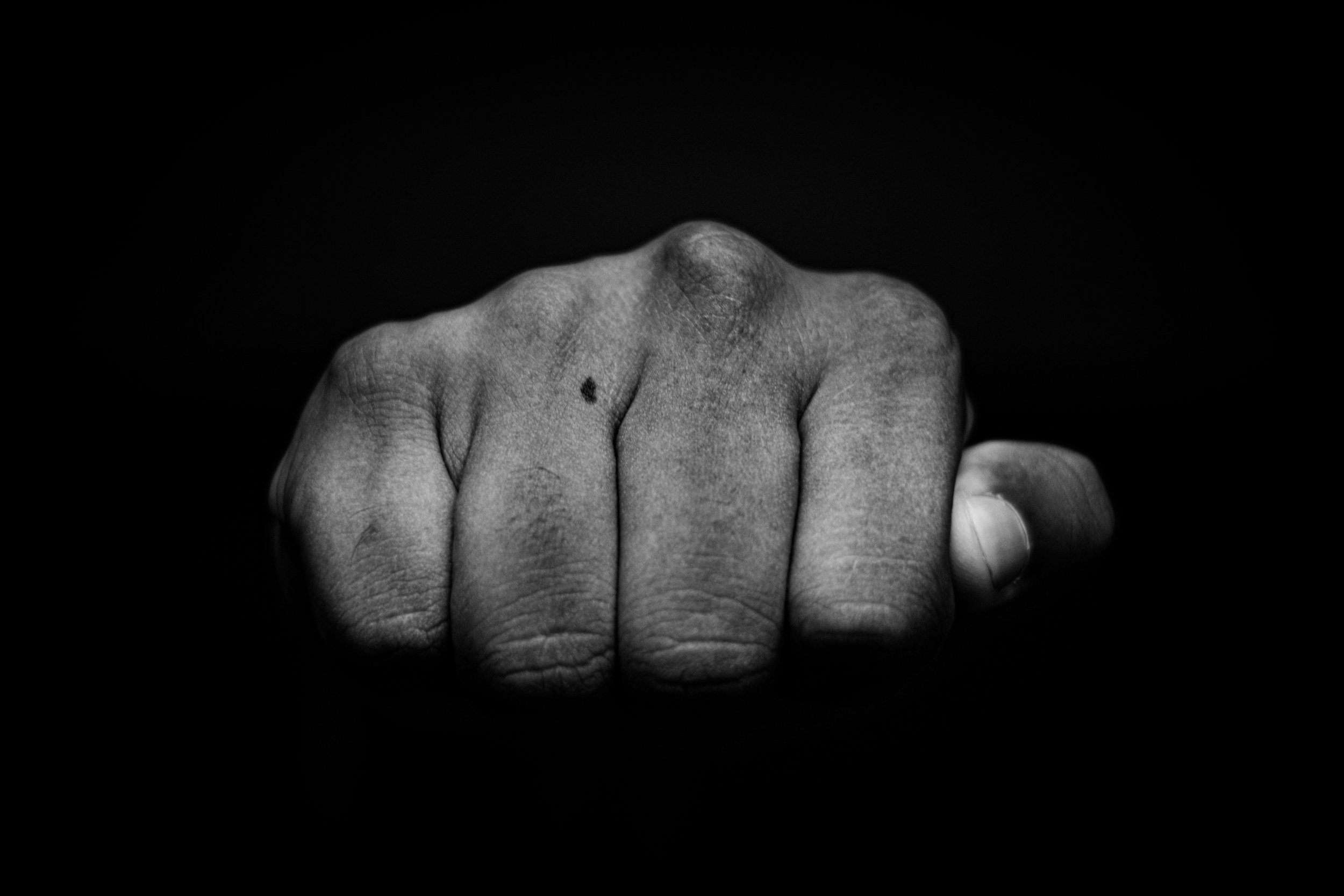What Strikes Work in Self Defence?
Punch or palm strike which works better for self defence?
Introduction
When it comes to learning the physical skills of self defence it is important to under which strikes and techniques are safest to use in the context of self defence violence, which is very different to the violence found in combat sports. That said, a good punch is still a good punch and being proficient in martial arts techniques will definitely translate to self defence.
This article will break down the most effective strikes and tactics we teach at Brixton Self Defence.
Fists vs Palm Strikes
Each techniques has its pros and cons:
Fist strikes- punching with your fists is an effective way to strike and may be more familiar/automatic especially if you train with boxing gloves. However, without gloves there is a higher risk of breaking the bones of your hand against a criminals skull. We would suggest using punches to the body to reduce the risk of injury to your hand. If you find yourself using closed fist strikes in self defence and you get out while reducing harm to yourself then it is definitely a win.
Palm strikes- palm strikes are safer on your hands when striking the head but not useful for striking the body. As most of your shots in self defence should be to the head in order to disorient your opponent and increase chances of escape, we would recommend palm strikes be your primary form of attack outside of the clinch and for your preemptive strikes.
Kicks That Actually Work
Kicks are risky in self defence because you balance on one leg, making you likely to fall, which is dangerous. An attacker could also grab your leg to control you. However, there are a few ways to effectively use kicks in self defence:
Avoid kicking above the knee- In order to avoid your opponent grabbing your leg you need to kick at or below the knee line. Stomping the knee can be a highly effective way to incapacitate a criminal and reduce the speed they can follow you.
Kick when you are against a wall- If a criminal grabs you against a wall, like when trying to choke you, it's a good time to kick. The wall helps keep you steady, so you won't lose your balance while kicking.
Clinch Work
The clinch is where you or the criminal has hold of the other. You are too close to use palm and long strikes effectively. In this case you need to use a different set of skills to strike and escape effectively:
Grips- When you are in the clinch you need to use grips to control the criminals posture and body to dominate the position so you can reduce the amount they can strike and you and increase the opportunities for you to hit them.
Frames and Posts- You can then use frames and posts to create space for longer strikes and to escape.
Strikes- longer strikes such as jabs, crosses and kicks will not work in the clinch instead you need to learn how to use elbows, knees, hammer fists and body punches.
Anti Clinch- it is important to learn how to defend against bear hugs and lifts so you do not end up on the floor being pinned.

